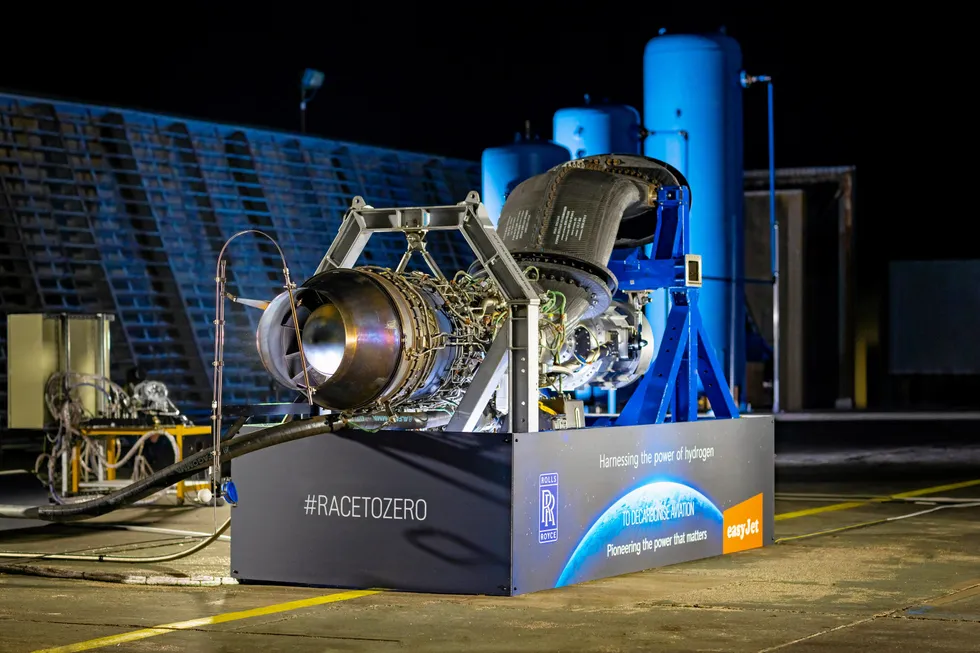'Most potential' | EasyJet makes 'multi-million' dollar bet on hydrogen-powered airplanes
Short-haul European airline ploughs cash into Rolls Royce’s H2 jet engine development for 2050 net-zero plan — but calls for policy support

Short-haul European airline ploughs cash into Rolls Royce’s H2 jet engine development for 2050 net-zero plan — but calls for policy support
